Gansu, at the time I went, was the most exotic place I’d ever been in China. I didn’t have the bandwidth to jump through the bureaucratic hoops required to visit Tibet; I didn’t have the stomach to visit Xinjiang, with all that was (and is) going on there. So, Gansu it was!
It just so happened that my trip coincided with Gansu’s inclusion on a coveted Lonely Planet list. And so my coverage mostly disappeared into the ether.
Which is just as well: I’ve had an extra several years to refine and improve my Gansu itinerary, which is now more useful than ever.
Is Gansu Difficult to Visit?
It’s not that easy to find a Gansu travel guide, as you’ll probably know by the time you’ve navigated to this one. In spite of this, Gansu is not any more difficult to visit than any other places in China. On the minus side, you have the same language barrier and…cultural issues. On the plus side, you have major cities that are all connected to the rest of China via convenient high-speed rail.
Now, there are a few ways to make traveling in Gansu even easier—and I don’t just mean following what I’ve written below as closely as possible. One thing I definitely recommend is downloading Alipay. Like certain casino games, this is a new way of payment that allows you to register a credit card, and then pay either by scanning a QR code or allowing someone else to scan yourself.
Where to Go in Gansu
Lanzhou
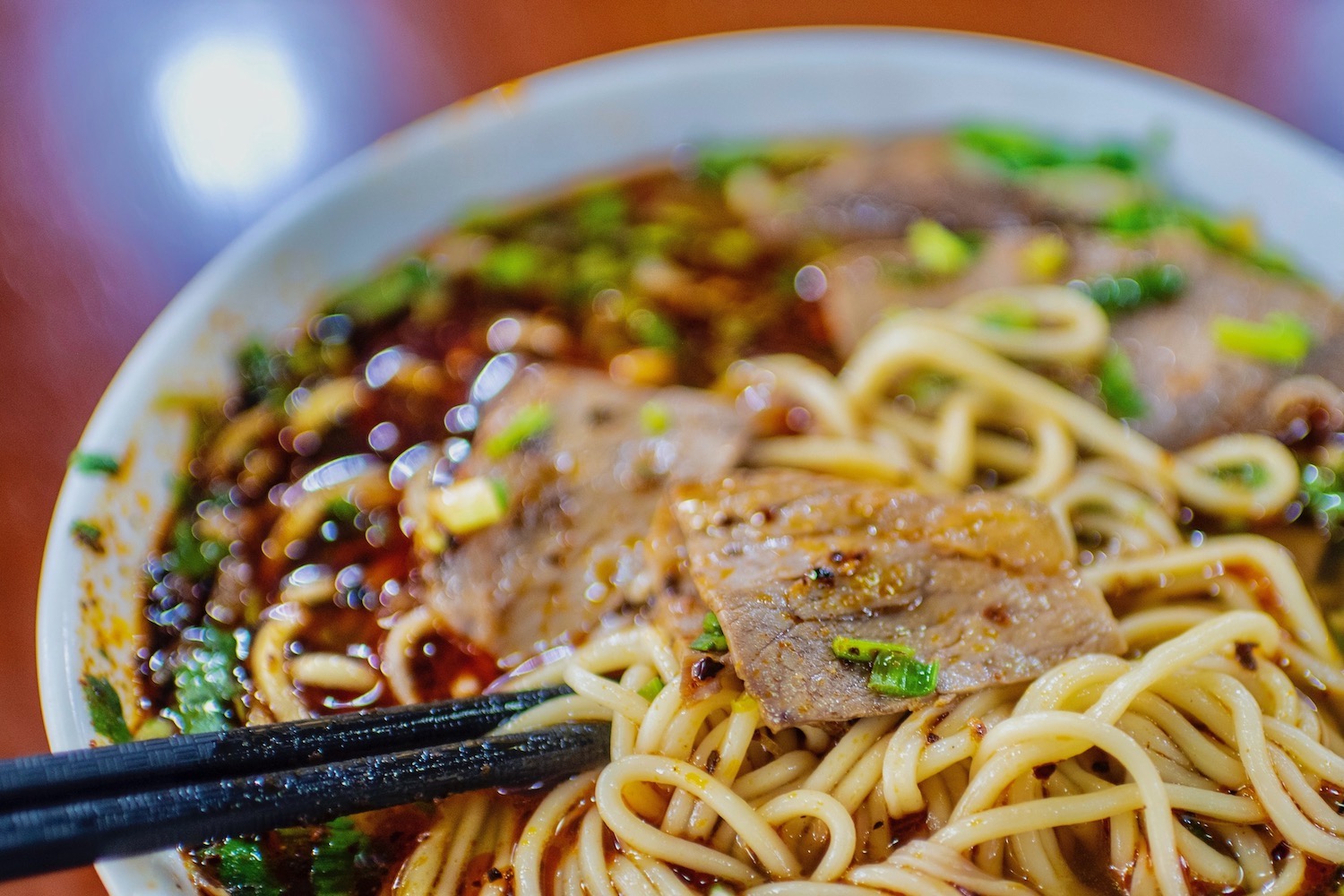
I’ll be frank: As a city, Lanzhou is disappointing. It has a grey and anonymous skyline, the kind that (in a bad way) lets you know you couldn’t be anywhere else in the world besides China. At the same time, this is the largest city in Gansu and its best-connected hub, so sit down for a bowl of niu rou mian (beef noodle soup) and make the most of it.
Xiahe
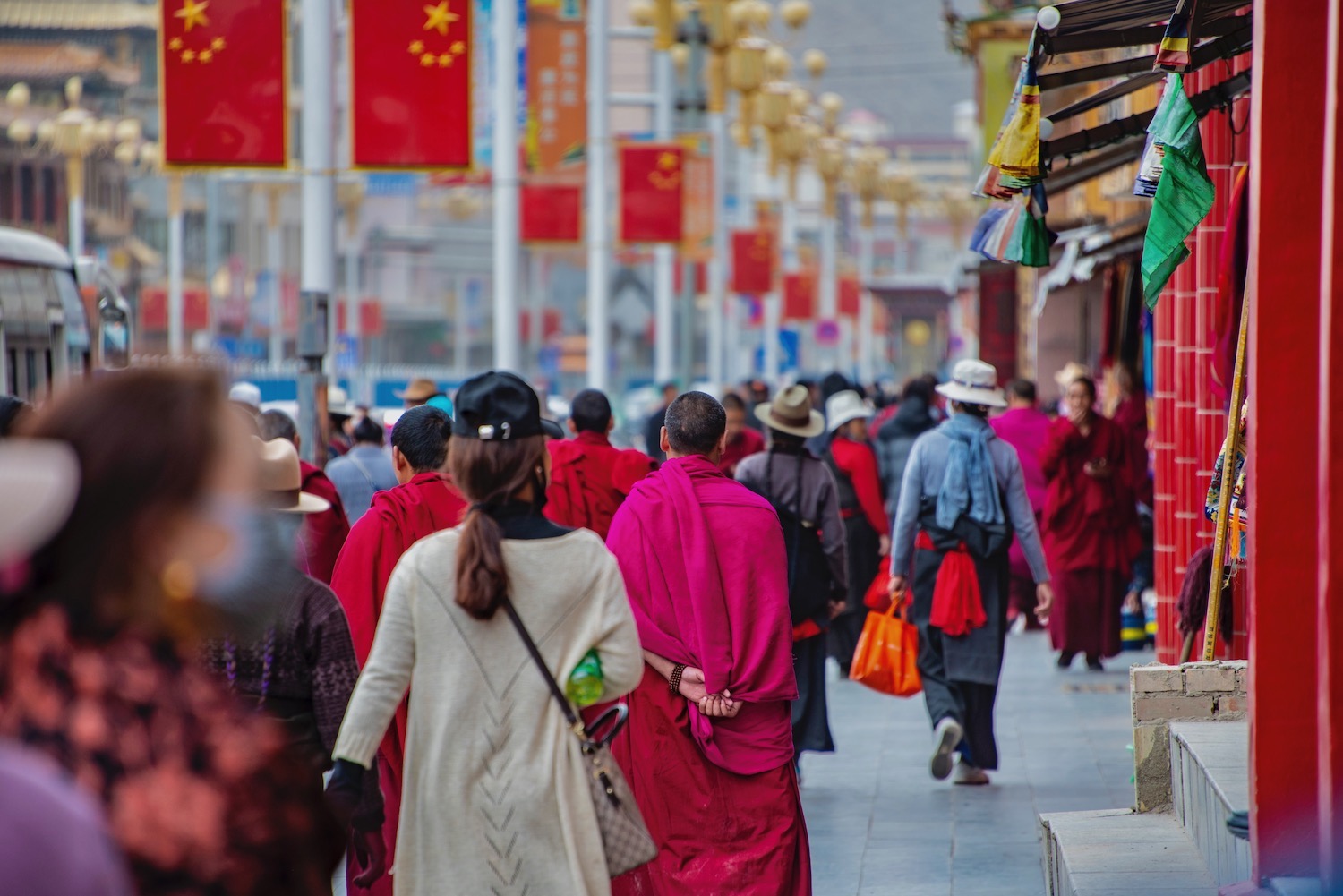
Prior to finally going to Tibet-proper in late 2024, Xiahe was near the top of the list of places to visit in Gansu that I wanted to visit. Which will make sense once you get there, and see orange- and red-robed monks wandering around a monastery that more than slightly evokes Potala Palace. You can even eat momos and other Himalayan food!
Zhangye
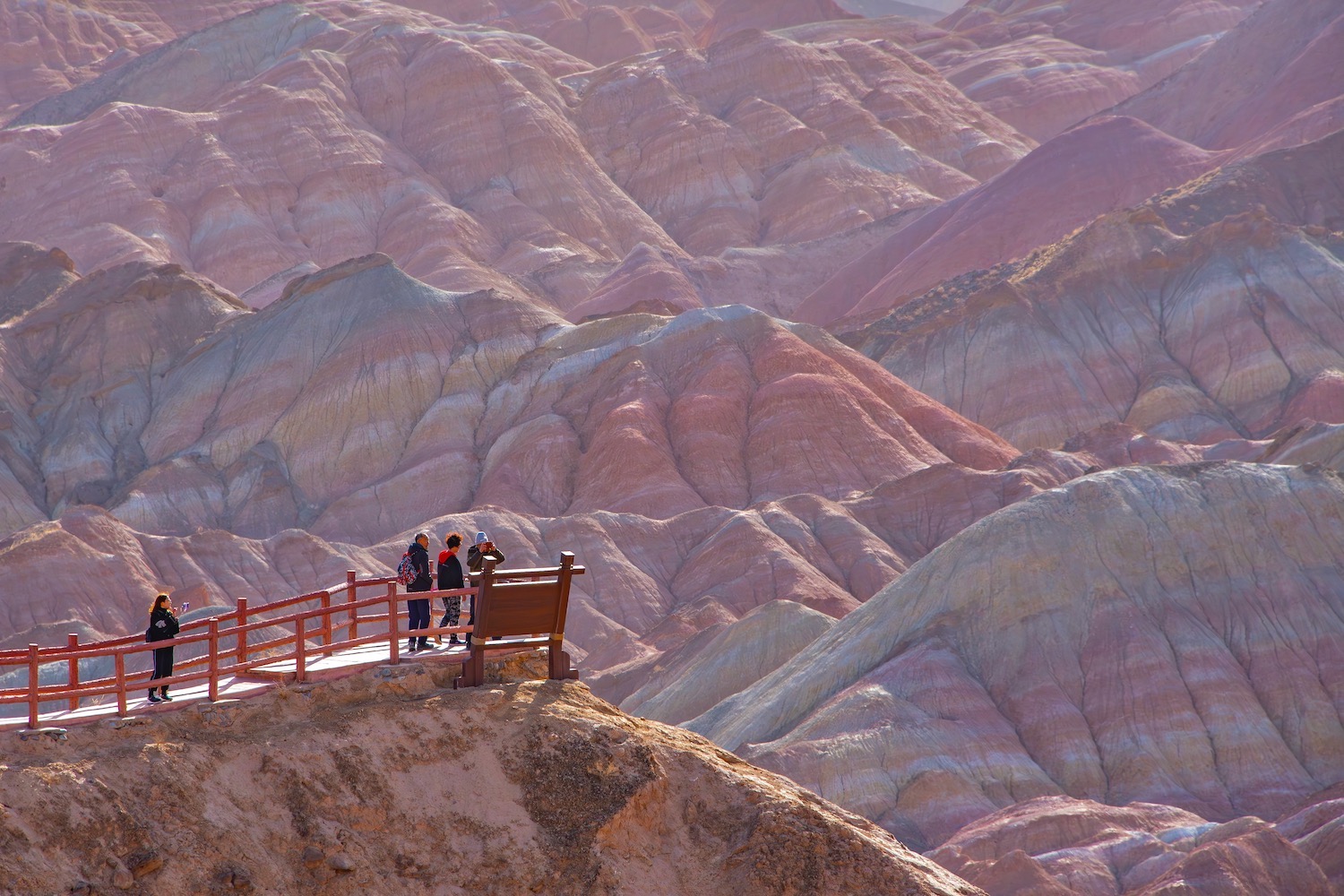
Zhangye is famous primarily for its proximity to China’s so-called Rainbow Mountains. I say “so-called” because, if we’re being honest, they’re much more vibrant on social media than they actually appear in real life. On the plus side, the city is home to an absolutely massive (and ancient) reclining Buddha, which feels especially exclusive since very few other tourists are likely to be admiring it when you go there.
Jiayuguan
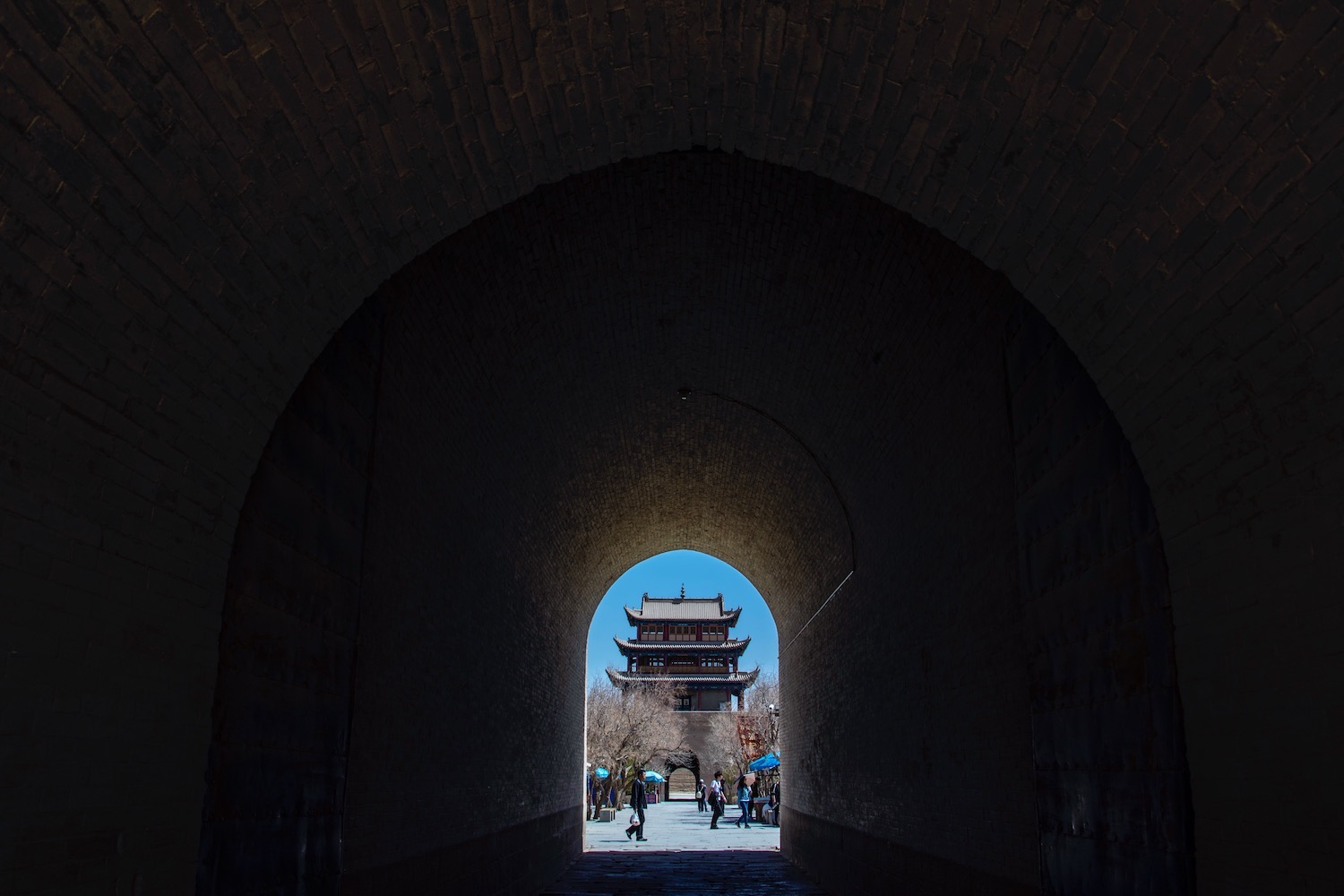
Visiting the Great Wall of China is probably not on your list of things to do in Gansu. And the portions of the wall with which you’re familiar are thousands of kilometers away, so this makes sense. However, rumor has it that the stretch of it at Jiayu Pass was the first section of it ever completed, though his seems questionable due to the quality of the construction. Don’t care about the wall? At least make sure to go to Weijin Tombs.
Dunhuang
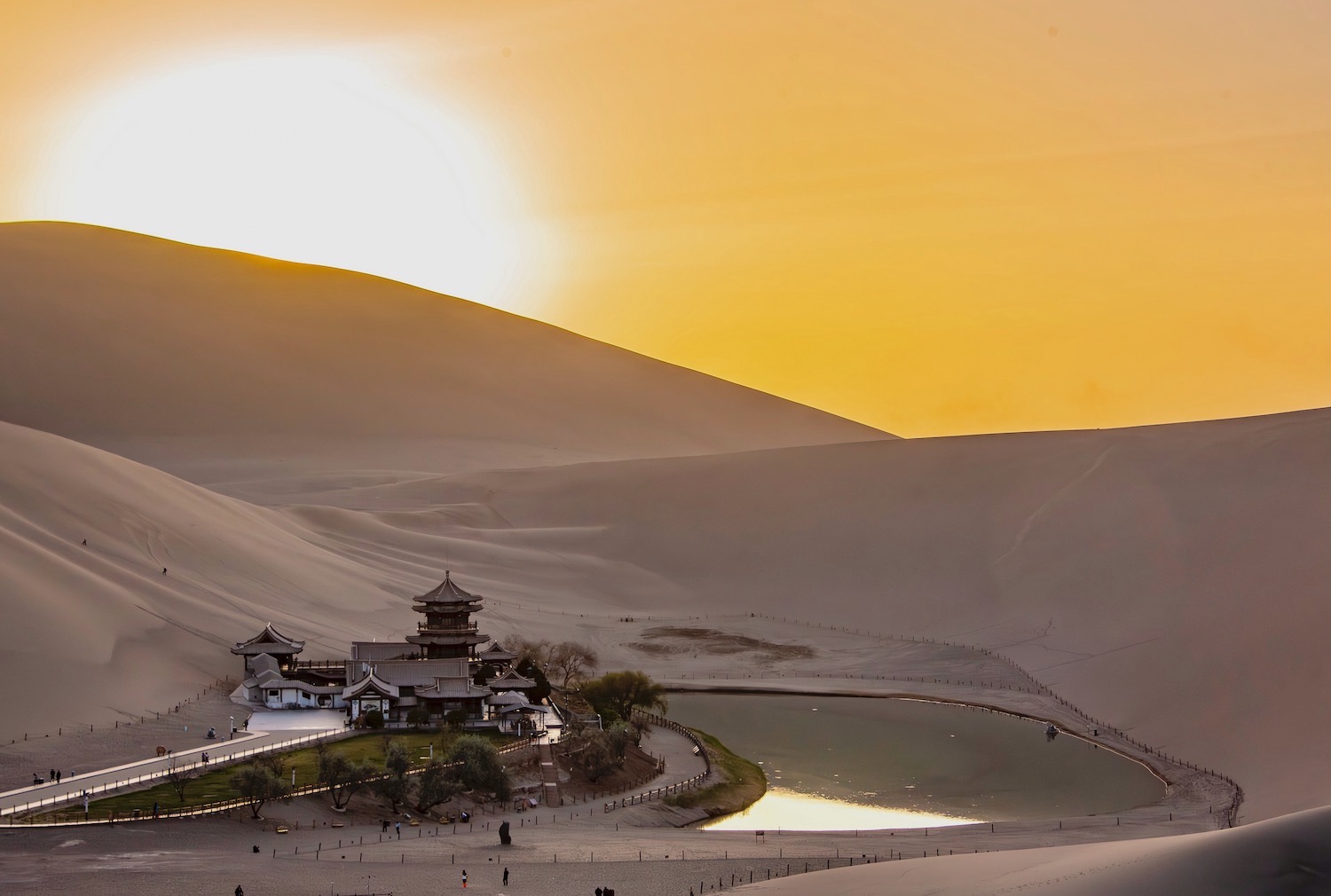
If you want to visit Xinjiang but just can’t bring yourself to do it, trust me when I say that Dunhuang is a good substitute. This is primarily due to the blissful scene you find at the so-called Singing Dunes and Crescent Lake, where a veritable desert rising above an ancient-looking pagoda evokes the actual Silk Road. Complete with donkey on most menus (I suggested you avoid this!). Do, however, visit Mogao Caves.
How Long Do You Need in Gansu?
Gansu is bigger than it looks, but not so huge that you need to devote weeks on end to seeing it. For most travelers, a full Gansu out-and-back—so, starting and ending in Lanzhou and going all the way to Dunhuang and back—will take you between 6-10 days, depending upon how long you plan to stay in each destination. Your mileage will obviously vary.
Indeed, the best way to arrive at the answer to how many days in Gansu you should spend is to first make a list of all the places you want to visit and things you want to do. Then, rank this list by priority. For example, the Rainbow Mountains might be a high priority, while the “Western Wall” could be much lower on your list. The longer you plan to stay, the more deeply you can expect to explore.
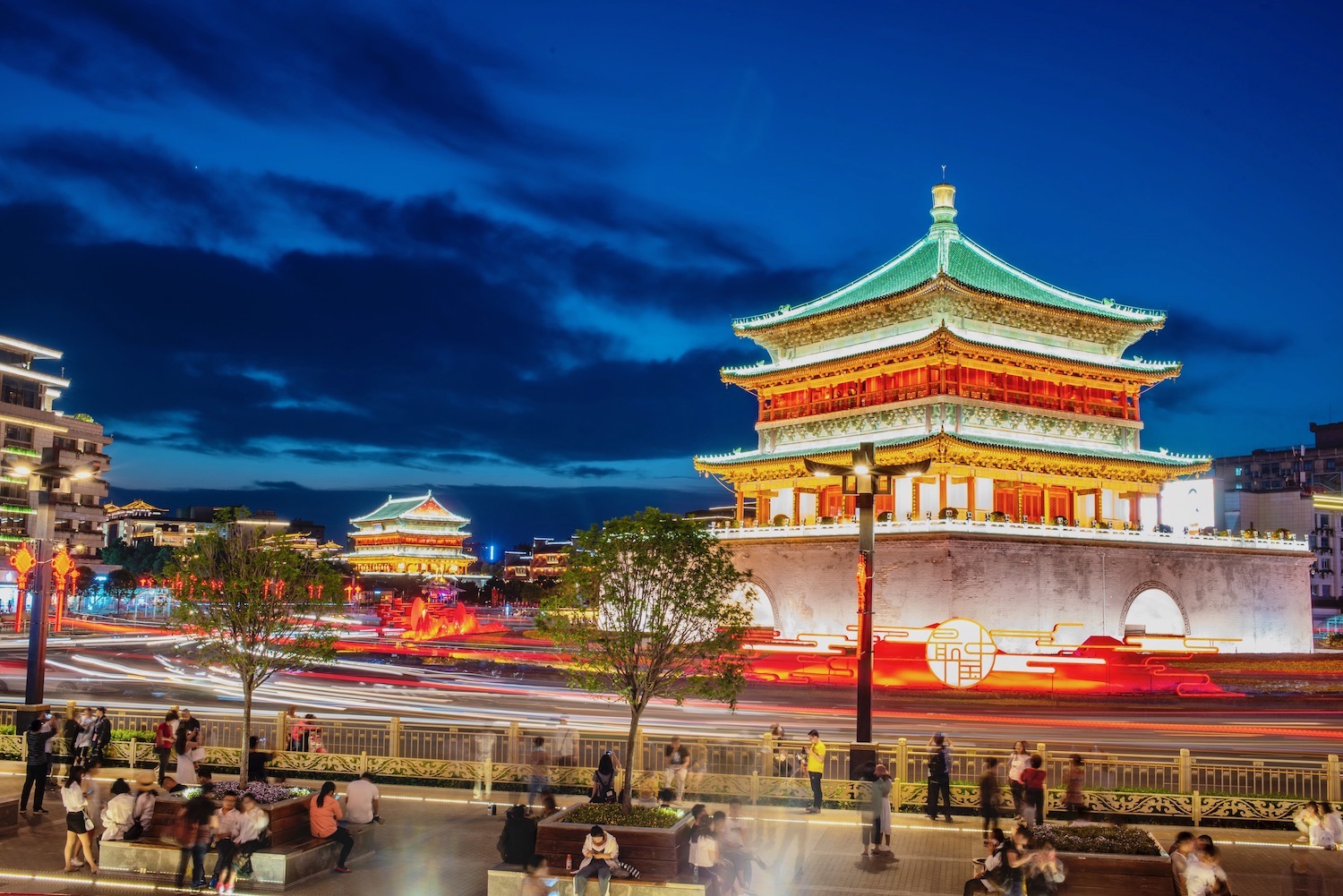
Other FAQ About Planning a Trip to Gansu
What is Gansu known for?
Gansu is known for being the “Wild West of China,” the final frontier before Xinjiang province and one of China’s many crossroads with Tibet. For travelers, Gansu presents a great opportunity to get off the beaten path, without having to deal with the ethical issues of visiting Xinjiang or jump through the bureaucratic hoops required to visit Tibet.
What language does Gansu speak?
If you speak Mandarin Chinese, don’t worry: You will easily be able to get around everywhere in Gansu. However, local communities always speak at least one another language—Tibetan in Xiahe, as one example. Don’t be surprised if you hear languages or dialects you don’t understand.
How many days do you need in Gansu?
Gansu is bigger than it looks on the map. At minimum, I’d recommend spending a week in Gansu, not including the time it takes to get to Lanzhou from Beijing or Xi’an. Structurally, this would mean one night in Lanzhou and 2 nights each in Xiahe, Zhangye and Dunhuang. If you plan to visit Jiayuguan, you’ll need to add more days.
The Bottom Line
I hope you find that my Gansu itinerary helps you plan your trip. This underrated part of China is less flashy than Tibet and less controversial than Xinjiang, but still absolutely worth visiting. To be sure, parts of Gansu evoke places in both Tibet and Xinjiang: The town of Xiahe and the sand dunes of Dunhuang, in particular. Which is not to say that Gansu is special simply because of eclecticism—its beef noodles are all its own, for one—though that does help. Need personalized help putting your Gansu adventure together? Consider hiring me as your Travel Coach!







